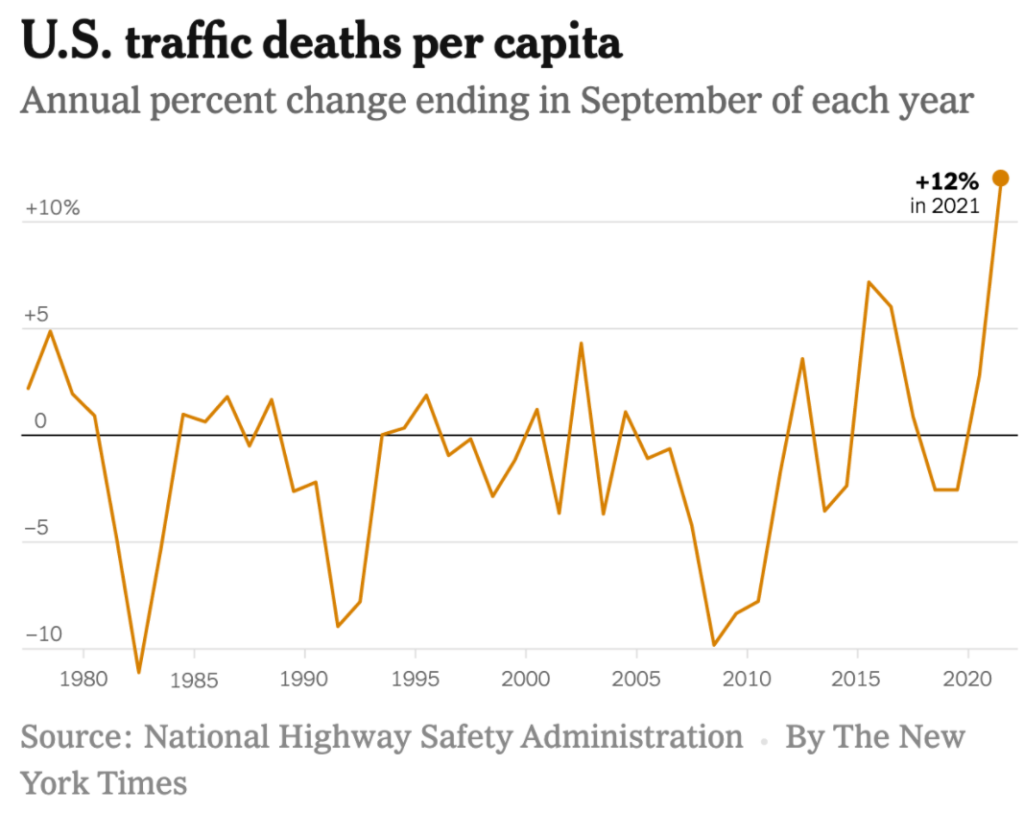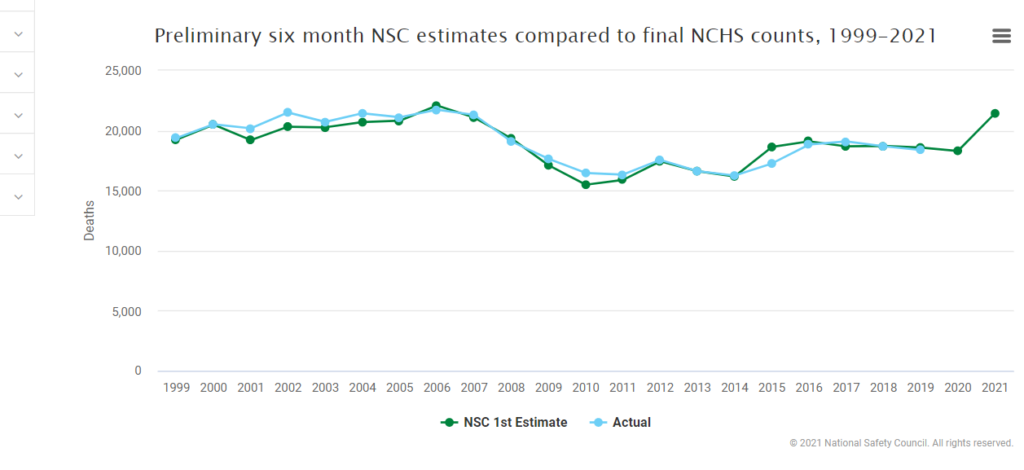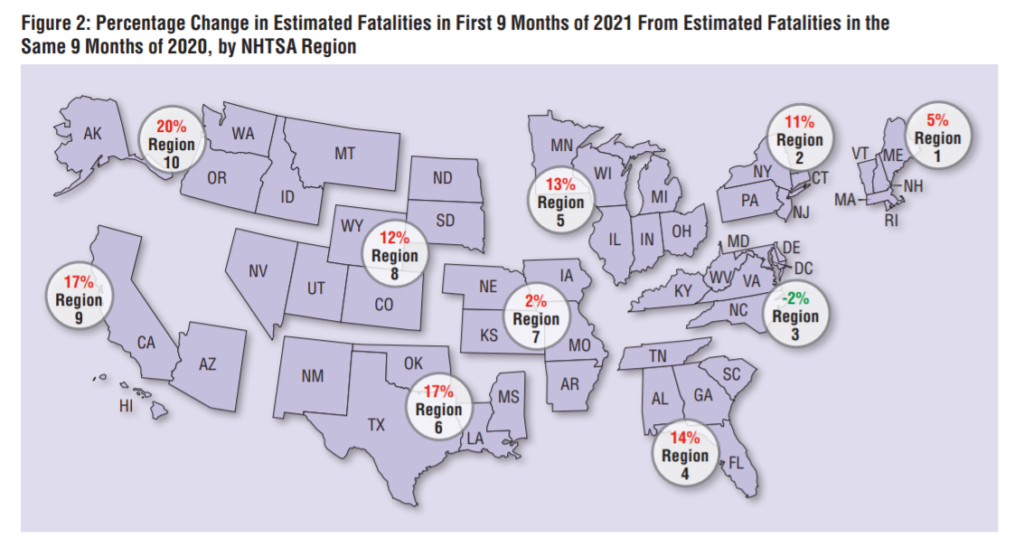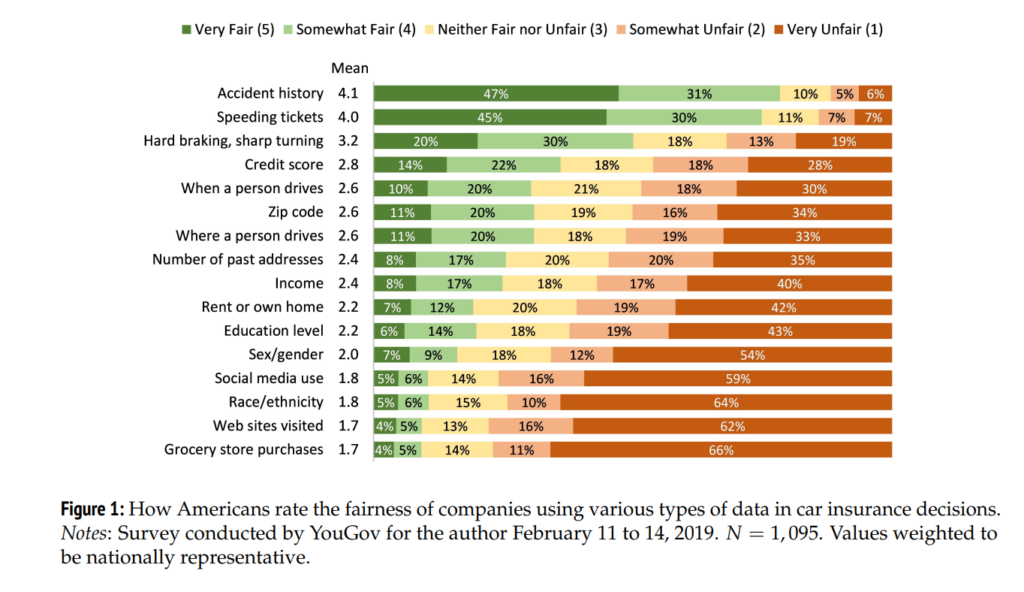Graphic:
Excerpt:
Traffic deaths decreased in Utah after the state enacted the strictest drunken driving laws in the nation five years ago, new research published Friday by a U.S. government agency shows.
The findings, which pertain to fatalities involving and not involving alcohol, provide initial validation for conservative lawmakers who passed the law over concerns from restaurant and tourism industry lobbyists.
In the study published by the National Highway Traffic Safety Administration, researchers wrote that, in the years after Utah changed the drunken driving threshold from .08% to .05% blood-alcohol content, the number of crashes and fatalities fell even though drivers logged more miles.
“Changing the law to .05% in Utah saved lives and motivated more drivers to take steps to avoid driving impaired,” said Dr. Steven Cliff, the agency’s deputy administrator.
The findings mark a triumph for Utah’s Republican-controlled Legislature, which voted to decrease the legal limit in 2017 over concerns that it would discourage prospective new residents and tourists.
They and other opponents argued it would be ineffective and cement Utah’s pious reputation at the expense of the growing number of visitors and residents who aren’t part of the Church of Jesus Christ of Latter-day Saints.
Utah, where about 60% of the population are members of the faith, has long enforced some of the nation’s strictest liquor laws.
Author(s): Associated Press
Publication Date: 11 Feb 2022
Publication Site: NY1



